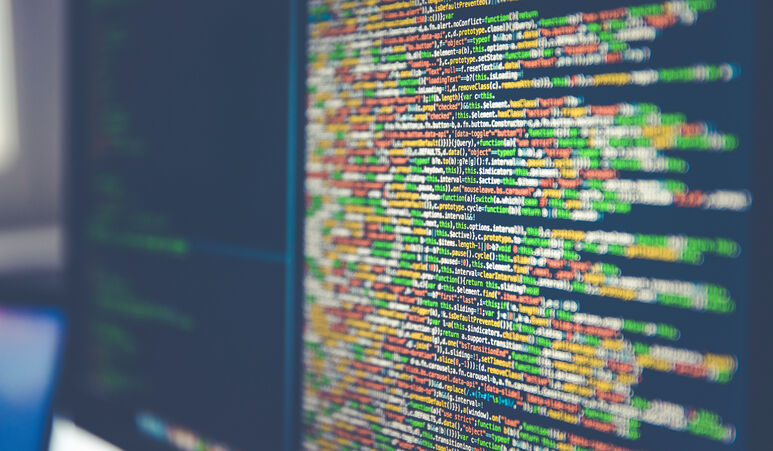Whether in the financial sector, logistics or the insurance industry, blockchain is currently one of the biggest technology trends. Blockchain first became known in 2009 as the technology behind the digital currency Bitcoin, a decentralised and non-governmental means of payment whose technical foundation it forms. But what exactly is behind this term and what specific applications are there for it in everyday and business life?
The principle of blockchain briefly explained
There is a simple principle behind blockchain technology: each individual transaction, such as a payment process, contract processing or a process with an insurer, is stored in a data block. The next process is attached to this block, also as a single data block. This creates a constantly growing chain of data records. However, this data chain is not stored centrally, as in a bank or public authority. Instead, a network of numerous computers takes on this role. Each individual computer in the network receives a copy of all previous transactions, i.e. the entire blockchain. Every participant can view all the data stored in this blockchain, but cannot change it. This creates an unchangeable and completely transparent process.
Possible applications for the blockchain
In addition to the aforementioned digital currency Bitcoin, which is one of the best-known areas of application for blockchain, there are many other areas of use for this innovative technology. For example, it could be used in the banking sector for the fast and secure settlement and transfer of securities. In the music industry, artists could have greater influence over the use of their songs: When a work is used, the authors automatically receive payment - without any intermediaries in between.
Another innovation based on blockchain technology is intelligent contracts, known as smart contracts. Compared to conventional contracts, they do not require intermediaries such as notaries. These "smart" contracts could be used for insurance policies, for example. Similarly, patents could in future be stored in the blockchain rather than in an administrative office - and thus be easily viewed worldwide.
Advantages and challenges
A major advantage of blockchain is its transparency, as every participant can trace a chain of transactions back to its beginning at any time. In addition, its decentralised approach offers great protection against manipulation, as the connected computers constantly compare the data records in the blockchain with each other. If even a single element of the chain is falsified or damaged, the network of other computers can immediately detect this without any problems. And only if the majority of computers in the network agree to a transaction request, thereby confirming the credibility of the blockchain, can a new transaction take place.
However, this security concept comes at a price, as the continuous verification of data copies and the constant growth of a blockchain make the technology extremely memory and computing intensive, which makes it very expensive. The potential applications are therefore still limited, especially for small and medium-sized companies. In addition, blockchain is still a completely new technology. Whether and how it will become established still depends on many factors, some of which are of a technical nature, but also of a legal nature. Legal requirements in contractual matters, such as the involvement of the notary, must continue to be observed. In general, however, the technical possibility of making transactions of all kinds traceable and transparent is an important step towards a variety of innovative scenarios.
